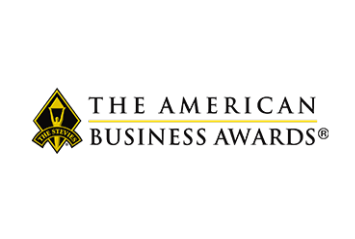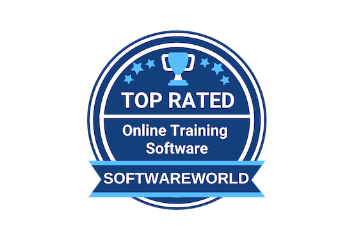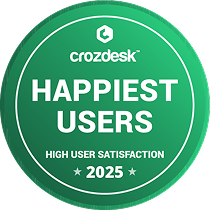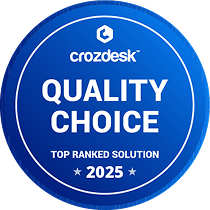Arizona Training Requirements
While Arizona does not mandate sexual harassment training for private employers, it is strongly recommended as a proactive measure to prevent workplace harassment, reduce liability, and promote a respectful environment.
The Arizona Civil Rights Division encourages employers to:
-
Post anti-harassment notices visibly in the workplace
-
Provide sexual harassment prevention training to all employees
-
Offer enhanced training for supervisory personnel
Employers should train employees within 6 months of hire and provide refresher training every two years. While these recommendations are not legal requirements, they reflect best practices aligned with the Arizona Civil Rights Act (ACRA) and federal law.
Here’s a tabular view for easy access:
| Requirement Area |
What You Need to Know |
| Who must comply |
All employers in Arizona (recommended for public and private employers) |
| Who must be trained |
All employees; supervisors require enhanced training |
| When to train |
Within 6 months of employment or supervisory promotion |
| Training duration |
1 hour (employees); 2 hours (supervisors) |
| Training frequency |
Every 2 years (recommended) |
| Training format |
Interactive preferred; may be online or in person |
| Recordkeeping |
Not legally required, but recommended (attendance, dates, content, provider info) |
How often should employees complete training, and how long should it be?
Though Arizona does not legally enforce training, the best practice is:
-
Employees: 1 hour of training within the first 6 months
-
Supervisors: 2 hours of enhanced training within 6 months of hire or promotion
-
Refresher courses: Conducted every two years to reinforce workplace standards and legal compliance
This helps build awareness, reduce legal risks, and demonstrate a culture of accountability.
What should Arizona harassment training include?
Arizona follows federal EEOC guidelines, and employers are encouraged to include the following content in their training programs:
-
Definition of sexual harassment and hostile work environment
-
Real-life examples of inappropriate behavior
-
Reporting procedures, both internal and external
-
Explanation of retaliation protections
-
Discussion of employer responsibilities under state and federal law
-
Promoting a respectful and inclusive work culture
Training should be interactive, whether delivered online or in-person, and should allow for questions or feedback.
Are employers required to maintain training records in Arizona?
Training records are not required by law in Arizona, but it is a good practice to document:
-
Dates of training
-
Attendance logs or digital confirmations
-
Copy or outline of training content
-
Name of training provider or platform
-
Format (e.g., live, virtual, self-paced)
Maintaining records demonstrates a commitment to workplace safety and can protect the company in case of complaints or legal scrutiny.
What is the Arizona Civil Rights Act and how does it apply?
The Arizona Civil Rights Act (ACRA) was enacted in 1965 and prohibits:
-
Sexual harassment and discrimination in employment
-
Retaliation against those who report misconduct
-
Harassment that affects hiring, promotion, job retention, or creates a hostile environment
ACRA mirrors many of the protections found in Title VII of the Civil Rights Act of 1964, and it applies to employers with 15 or more employees. It is enforced by the Arizona Attorney General’s Civil Rights Division.
How can employees file a harassment complaint in Arizona?
Employees who believe they’ve experienced or witnessed workplace sexual harassment may file a complaint with:
Complaints should include details of the incident(s), dates, and any actions taken by the employer. The agency will investigate and may attempt mediation or legal resolution.
Where can I find Arizona-compliant sexual harassment training?
Below are expert-designed, state-aligned training courses tailored to meet state recommendations and federal EEOC guidelines. Before assigning it to your team, be sure to:
The course is fully editable to help you meet both recommended best practices and your organization’s unique workplace needs.














